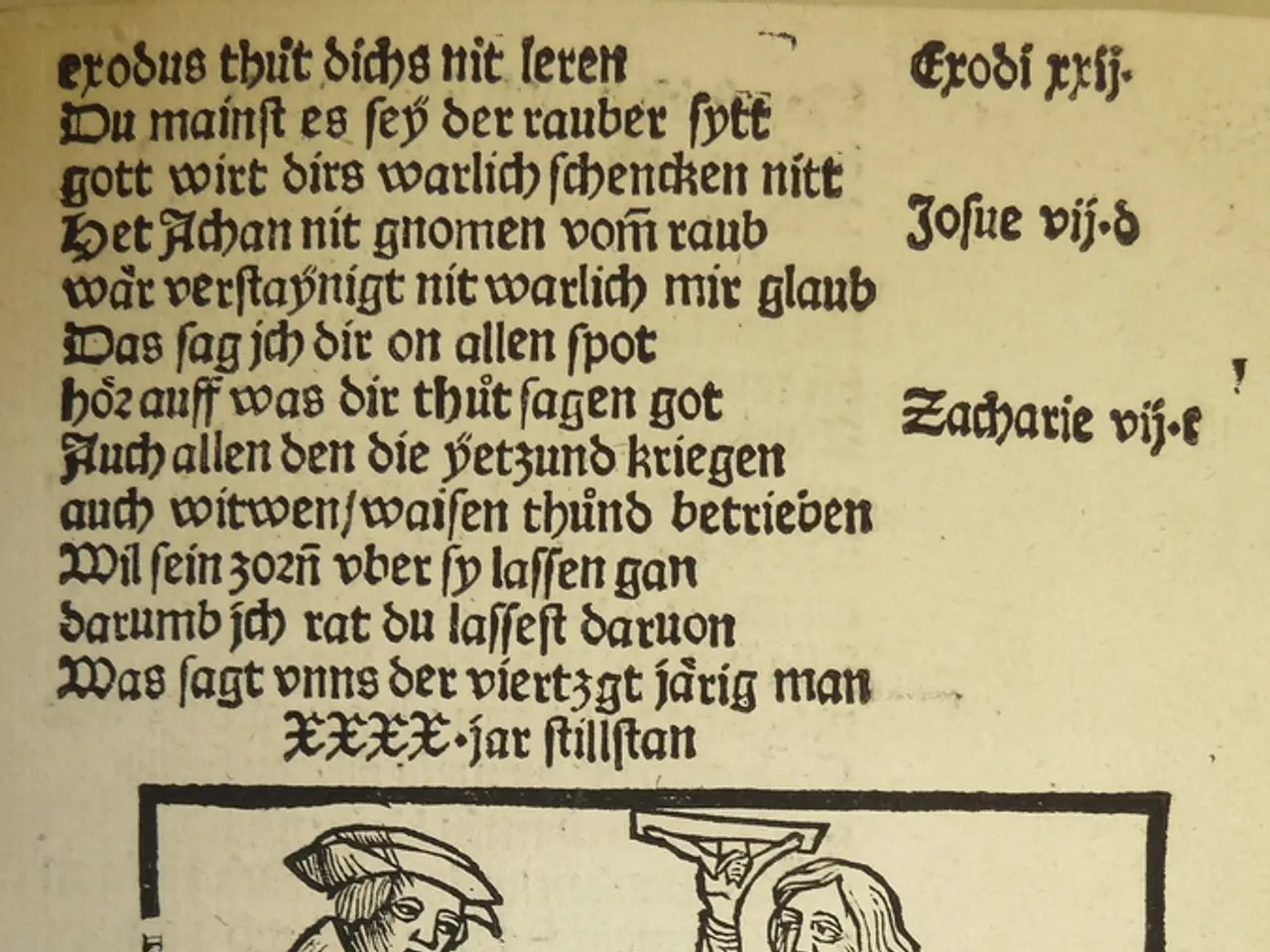Tokenization is a common practice in Language Model Learning (LLM), but is the current methodology flawed?
The research community has been abuzz with the release of a groundbreaking paper titled T-FREE, which proposes a novel approach to language model tokenization. This innovative method addresses several long-standing issues with traditional tokenizers and offers significant benefits for the future of AI language models.
At the heart of T-FREE is the concept of mapping words directly into sparse patterns based on their character sequences. Instead of relying on subword tokens and their associated large embedding vocabularies, T-FREE generates overlapping three-character sequences called trigrams for each word. These trigrams then map to specific dimensions in the embedding space through a hashing function, making the model size approximately 85% smaller while maintaining standard performance.
Traditional methods like Byte Pair Encoding (BPE) or WordPiece create vocabularies with thousands of subword tokens, requiring embedding matrices that contribute significantly to model size. T-FREE, however, replaces this with a tokenizer-free design where each word is represented by a set of activated character triplets mapped through hashing. This sparse encoding leverages character-level information without the vocabulary overhead, resulting in a much smaller embedding layer and thus a significantly reduced model size.
Some potential advantages of T-FREE tokenization include:
- Large model size reduction (approximately 85% smaller embeddings), lowering memory and compute requirements.
- Better multilingual and cross-lingual generalization by relying on morphological character patterns rather than fixed vocabularies.
- Avoidance of “unknown token” problems and the dependency on language-specific tokenization rules.
- More efficient fine-tuning and adaptation for domain-specific or sovereign AI applications due to simpler, universal input representations.
However, there are also some limitations to consider:
- Potentially more complex or slower encoding during inference due to hash-based character triplet extraction compared to fast token lookups.
- Sparse representations may introduce challenges for certain modeling architectures expecting dense token embeddings.
- There may be subtle losses in handling certain rare or compound words where subword semantics from traditional tokenizers can be more precise.
- As a relatively new approach, T-FREE might require more mature tooling and evaluation across diverse tasks to confirm robustness comparable to state-of-the-art tokenizers.
In summary, the T-FREE tokenizer framework achieves major size reductions by eliminating learned subword vocabularies and relying on character triplet hashing, preserving performance through efficient morphological encoding. Its promise lies in efficient, universal, and secure language modeling, though practical tradeoffs in inference speed and task specificity remain to be further explored. One key advantage is that T-FREE can handle new words gracefully because it understands patterns rather than memorizing pieces.
Artificial-intelligence models utilizing T-FREE tokenization could potentially benefit from improved multilingual and cross-lingual generalization, as it relies on morphological character patterns rather than fixed vocabularies. Furthermore, the tokenizer-free design of T-FREE allows for a reduction in model size by approximately 85%, mainly due to a sparse encoding that leverages character-level information without the vocabulary overhead.




